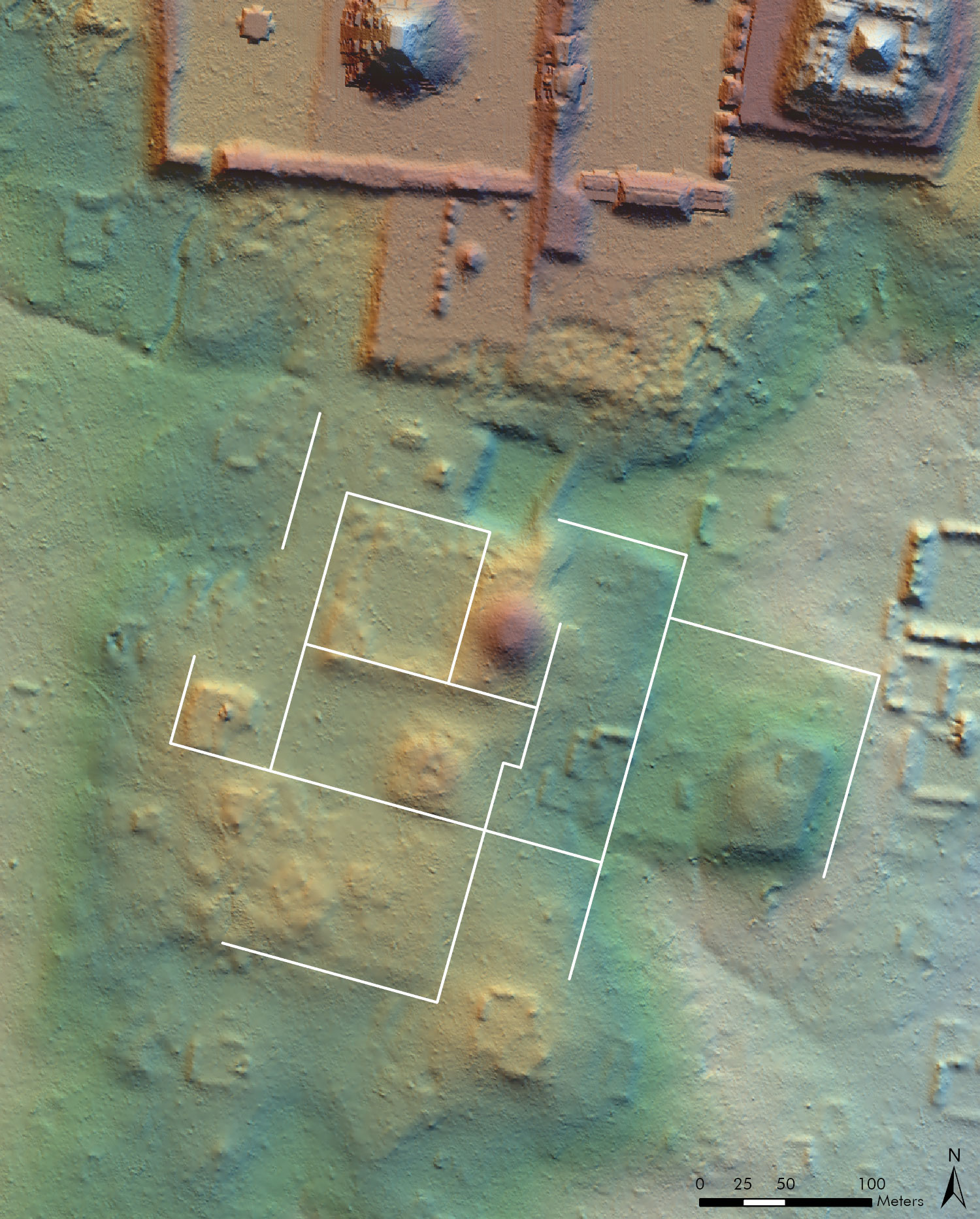Conflict and Conquest in Tikal
In Guatemala, an archaeologist from Brown helps uncover a hidden neighborhood in an ancient Maya city.
In Guatemala, an archaeologist from Brown helps uncover a hidden neighborhood in an ancient Maya city.
Since the 1950s, scientists have been excavating the ruins of Tikal, an ancient Maya city in modern-day Guatemala, unearthing countless revelations. But a startling recent discovery by the Pacunam Lidar Initiative, a research consortium involving Brown University anthropologist Stephen Houston, has scholars across the globe wondering whether they know Tikal’s ruins as well as they think.
Using light detection and ranging software, or lidar, Houston and Thomas Garrison, an assistant professor of geography at the University of Texas at Austin, discovered that what was long assumed to be an area of natural hills a short walk away from Tikal’s center was actually a neighborhood of ruined buildings that had been designed to look like those in Teotihuacan, the largest and most powerful city in the ancient Americas.
The lidar analysis and subsequent excavation has prompted new insights and questions about Teotihuacan’s influence on Maya civilization. At the very least, Houston said, the findings prove that the imperial power in modern-day Mexico did more than just trade with and culturally influence the smaller city of Tikal before eventually conquering it.

“The architectural complex we found very much appears to have been built for people from Teotihuacan or those under their control,” Houston said. “Perhaps it was something like an embassy complex, but when we combine previous research with our latest findings, it suggests some- thing more heavy-handed, like occupation or surveillance.”
At an adjacent, newly uncovered complex of residential buildings, archaeologists found projectile points crafted with flint, a mineral commonly used by the Maya, and green obsidian, a mineral used by residents of Teotihuacan, providing apparent evidence of conflict.
Houston and his international colleagues still have much more to uncover and analyze. But he hopes that the more the team discovers, the more scholars understand about Teotihuacan’s presence in Tikal—and, more broadly, how its imperial power changed the cultural and political landscape in Mesoamerica.
“Before European colonization of the Americas, there were empires and kingdoms of disproportionate influence and strength interacting with smaller civilizations in a way that left a large impact,” Houston said. “Exploring Teotihuacan’s influence on Mesoamerica could be a way to explore the beginnings of colonialism and its oppressions and local collusions.”
